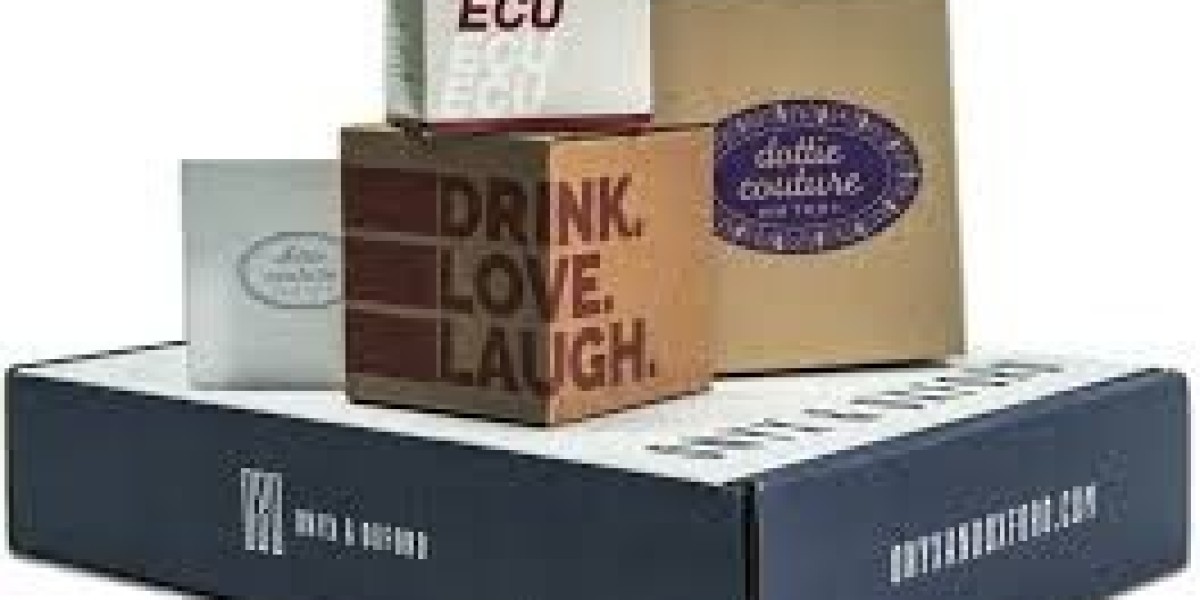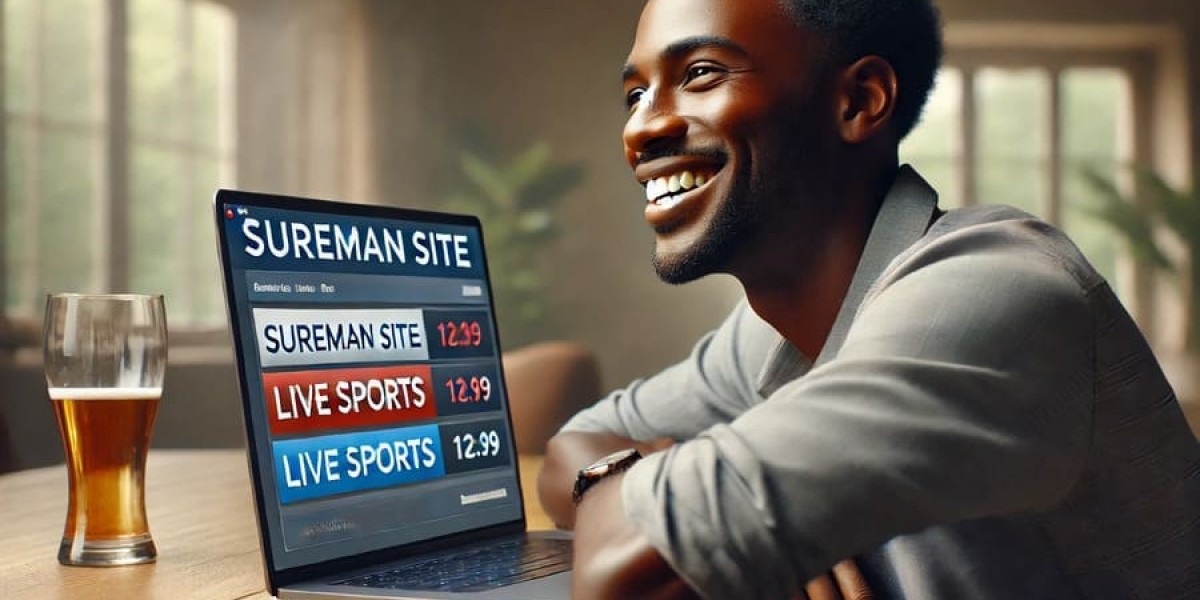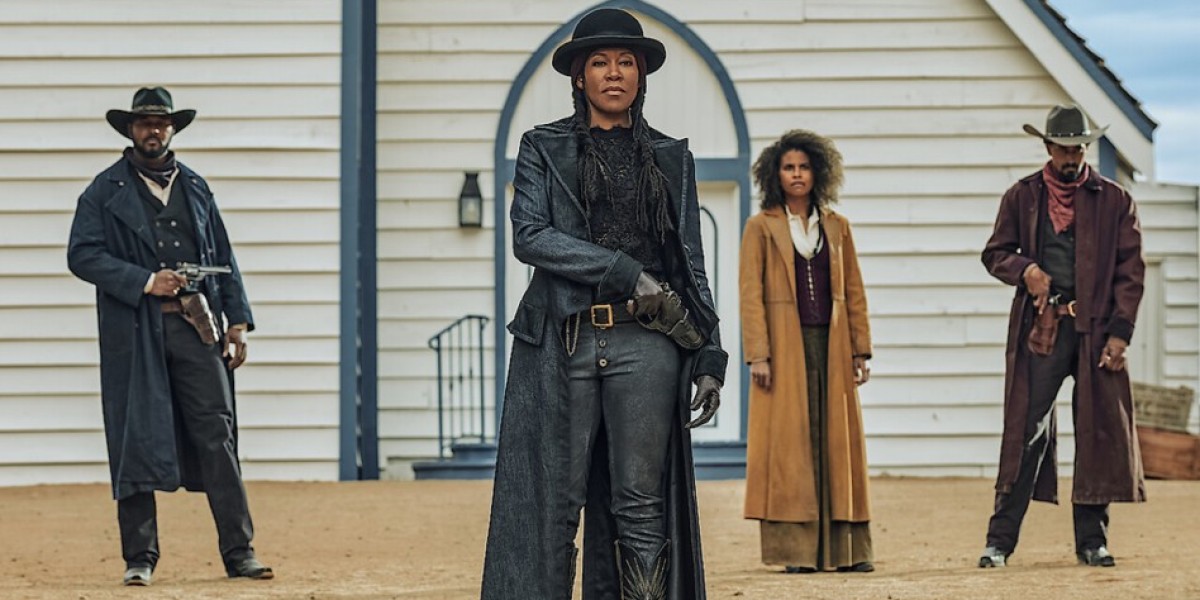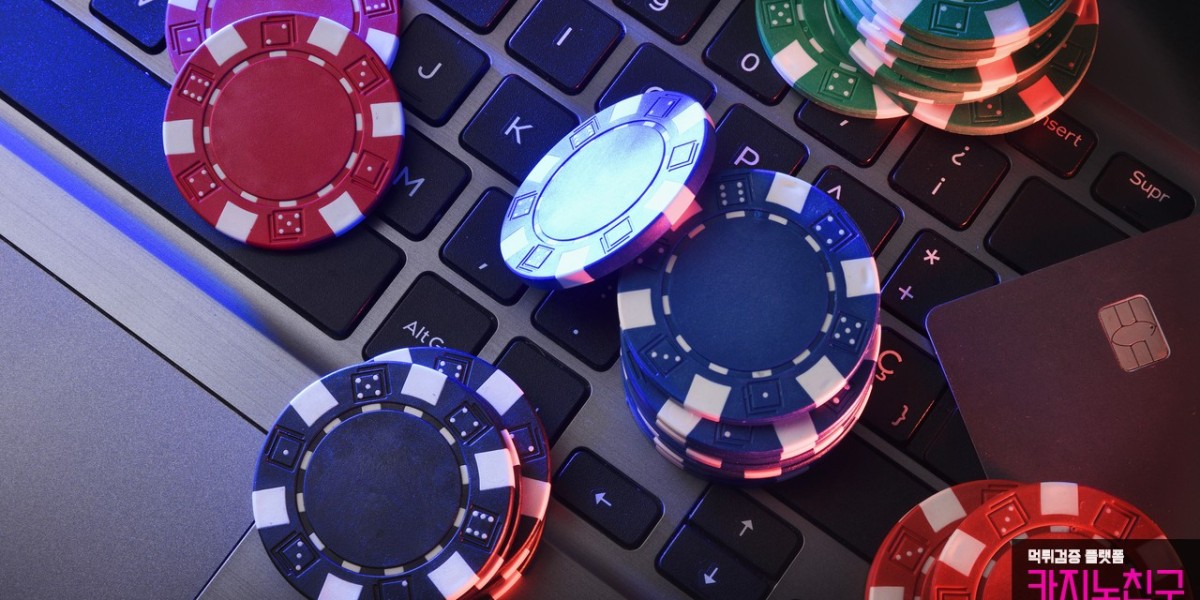The modern consumer landscape is shifting rapidly, and the demand for convenient, ready-to-eat (RTE) food products is at an all-time high. With more people relying on quick meals due to busy lifestyles, the packaging of such products has gained unprecedented importance. Custom RTE cardboard boxes are leading this transformation by offering practical, safe, and visually appealing solutions that cater to both brands and end-users. These packaging options do more than protect food—they serve as essential marketing tools, sustainability statements, and enablers of brand trust.
Whether it’s frozen meals, microwavable dishes, takeout from restaurants, or retail-ready snack kits, RTE products need packaging that is functional, durable, and attractive. Custom RTE cardboard boxes meet all these needs and more, making them indispensable in the food industry.
Understanding RTE Packaging Needs
Ready-to-eat foods are designed to offer convenience. They are either pre-cooked or require minimal preparation. These meals are popular in supermarkets, vending machines, convenience stores, and food delivery services. The packaging for RTE products must meet several crucial standards: food safety, insulation, moisture resistance, portability, and branding.
Generic packaging often falls short in one or more of these areas. That’s where custom RTE cardboard boxes step in. They are tailor-made to protect the contents while enhancing the overall user experience. By being customizable in shape, material, and design, they align closely with brand identity and functional requirements.
What Are Custom RTE Cardboard Boxes?
Custom RTE cardboard boxes are specialized packaging solutions created to hold ready-to-eat meals securely. These boxes are crafted from food-grade cardboard material and designed to meet the specific needs of different types of meals. From microwave-safe linings to compartments for multi-course items, these boxes can be customized for performance, presentation, and sustainability.
The word “custom” means that everything—from the size and layout of the box to the colors, printing, and finishing—can be designed to reflect the brand and accommodate the product inside. These boxes offer both practicality and presentation, which are crucial in a highly competitive food industry.
The Rise of Convenience Eating and Its Impact on Packaging
The surge in demand for quick and nutritious food options has significantly influenced packaging trends. Urban lifestyles, demanding jobs, and digital food delivery platforms have made RTE meals mainstream. Consumers now want meals that are not only fast but also fresh, healthy, and safely packaged.
This rising trend has put enormous pressure on brands to innovate their packaging. Custom RTE cardboard boxes help companies rise to this challenge by offering cost-effective, scalable, and versatile packaging that protects food while also appealing to consumer sensibilities.
Moreover, with increasing environmental awareness, packaging must also be eco-friendly. Traditional plastic containers are falling out of favor. In contrast, recyclable and biodegradable custom cardboard boxes provide a viable and attractive alternative.
Material Quality and Safety Standards
One of the most important aspects of custom RTE cardboard boxes is the material used in their production. The cardboard must be food-grade, ensuring that it does not contaminate the contents or alter the taste. The boxes are often coated with a water-resistant and grease-proof layer to protect against leakage, which is especially important for oily or saucy meals.
Many RTE boxes also require the ability to withstand refrigeration, freezing, or microwave heating. Customization allows manufacturers to design boxes that can perform in all these conditions, maintaining the integrity of the packaging and the safety of the food.
In regions with strict food safety regulations, the use of certified materials becomes a necessity. Custom RTE cardboard boxes can be manufactured to comply with FDA, EU, or other local standards, ensuring that your product meets legal requirements in your target market.
Design Flexibility and Brand Identity
Custom RTE cardboard boxes offer virtually unlimited design options, allowing businesses to create a consistent brand experience. Design flexibility includes choosing box dimensions, compartmentalization, printing finishes, and color schemes that align with your brand’s visual identity.
Eye-catching packaging plays a significant role in consumer purchasing decisions. A well-designed box can make a product stand out in crowded retail shelves or food delivery apps. Colors, typography, imagery, and even tactile elements such as embossing or soft-touch finishes help reinforce brand perception.
The box acts as a silent salesperson, conveying quality, trust, and appeal. For brands that operate in premium, organic, or gourmet segments, the packaging must reflect these attributes through sophisticated design. Customization makes this level of branding possible and practical.
Enhancing Functionality with Smart Features
Functionality is another key reason to choose custom packaging. RTE meals often include multiple food items, condiments, and utensils. A standard box may not accommodate these elements effectively. Custom RTE cardboard boxes, on the other hand, can be built with compartments, sleeves, or inserts to hold everything in place neatly.
Some boxes come with built-in ventilation for hot meals, ensuring that the food doesn’t get soggy. Others are designed to be stackable for easy storage and transportation. There are even boxes that convert into trays, allowing consumers to eat directly from the package.
Brands can also opt for tamper-evident designs, ensuring food safety and building consumer trust. Such intelligent packaging design enhances the user experience and can be a major differentiator in competitive markets.
Sustainability: Meeting the Green Expectations
Modern consumers are environmentally conscious and expect brands to share their concerns. Custom RTE cardboard boxes allow food companies to adopt sustainable practices without compromising functionality or aesthetics.
These boxes can be made from recycled materials and printed with soy or water-based inks. They are often compostable or recyclable, minimizing environmental impact. By reducing or eliminating plastic components, brands can significantly cut down on waste.
Sustainable packaging is more than a trend—it’s a commitment to future generations. Brands that take visible steps toward eco-friendliness are rewarded with consumer loyalty, favorable press, and regulatory support.
Custom RTE Boxes for Different Market Segments
RTE meals come in various forms, and so do the packaging solutions. Each market segment has unique needs, and custom cardboard boxes can cater to all of them.
In the health-conscious segment, brands often use clean and minimalist designs to convey the freshness and nutritional value of their meals. The boxes in this category may include information about calories, ingredients, and sourcing practices.
For gourmet or high-end meals, luxury finishes like gold foil, embossed logos, and matte laminations are popular. These touches elevate the unboxing experience and justify a higher price point.
Kids’ meals often feature bright colors and playful graphics. Custom printing allows for the inclusion of interactive elements such as games, puzzles, or collectible cards, adding value and entertainment to the packaging.
In the institutional market—such as hospitals, schools, and airlines—the focus is on durability and hygiene. Custom RTE cardboard boxes in this space are often standardized for efficiency but can still carry branding and informational content.
Printing Techniques That Elevate Custom Boxes
Modern printing technologies have expanded what’s possible with custom packaging. Digital printing, offset lithography, flexographic printing, and screen printing can all be applied to RTE cardboard boxes depending on the complexity of the design and the desired finish.
High-definition digital printing allows for photographic-quality images and vibrant colors. Spot UV and embossing add texture and tactile appeal, enhancing the premium feel of the box. QR codes and barcodes can be integrated seamlessly for supply chain tracking, promotions, or product information.
By using these advanced techniques, brands can create packaging that not only attracts attention but also reinforces quality and professionalism.
Applications in E-commerce and Food Delivery
The explosion of food delivery apps and e-commerce platforms has elevated the importance of packaging in customer retention and satisfaction. A custom RTE cardboard box isn’t just packaging—it’s part of the product.
From the moment a consumer opens the delivery bag, they begin forming opinions about your brand. If the box is sturdy, well-designed, and easy to open, it creates a positive impression. If it’s generic or flimsy, the food may still taste good, but the overall experience is diminished.
Custom RTE boxes designed for delivery often include security seals, vent holes, and thermal liners to maintain food quality. They can also feature brand messages, coupons, or social media links that encourage customer interaction and repeat business.
Cost Efficiency Through Customization
While it may seem that custom packaging is more expensive than generic solutions, the long-term benefits often outweigh the initial investment. Custom RTE cardboard boxes reduce product damage, enhance brand visibility, and improve consumer perception—all of which contribute to higher sales.
Moreover, bulk ordering, digital printing advancements, and eco-efficient materials can make custom packaging surprisingly affordable. When strategically planned, custom boxes can also reduce storage and logistics costs due to optimized sizing and stackability.
Future Trends in RTE Cardboard Packaging
The future of custom RTE cardboard boxes lies in smart packaging, personalization, and further advancements in sustainability. We are already seeing innovations like temperature-sensitive inks, RFID tags, and antimicrobial coatings.
Personalized packaging—either with names, messages, or targeted promotions—will become more common as brands leverage AI and data analytics. These tailored experiences can boost customer loyalty and make each product feel unique.
Environmentally, the industry is moving toward closed-loop systems, where packaging is fully compostable or returnable for reuse. Expect to see more partnerships between packaging companies, recycling firms, and food brands to create circular packaging solutions.
Conclusion: Customization Is the Key to Success
Custom boxes are not just containers—they are communication tools, brand ambassadors, and customer experience enhancers. They offer the perfect blend of function, form, and sustainability, helping brands differentiate themselves in a crowded market.
Whether you are a startup entering the RTE space or an established food brand looking to upgrade your packaging, investing in custom cardboard boxes can elevate your product, attract more customers, and build a stronger brand.
The path forward in the ready-to-eat food market is clear: convenience must be matched with innovation, and packaging must evolve to meet both business goals and consumer expectations. With custom RTE cardboard boxes, you can achieve all this and more—seamlessly and sustainably.








